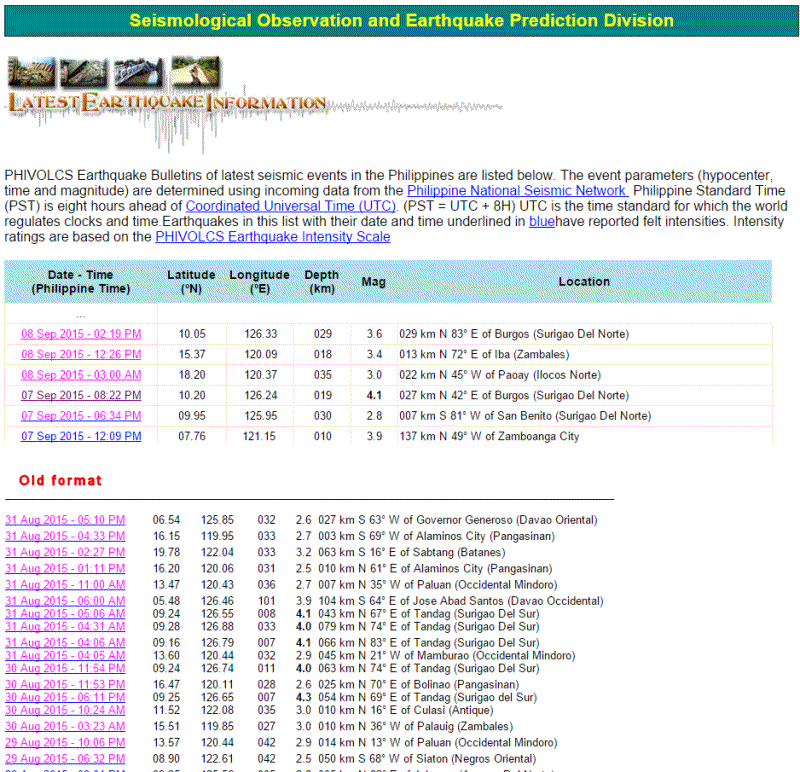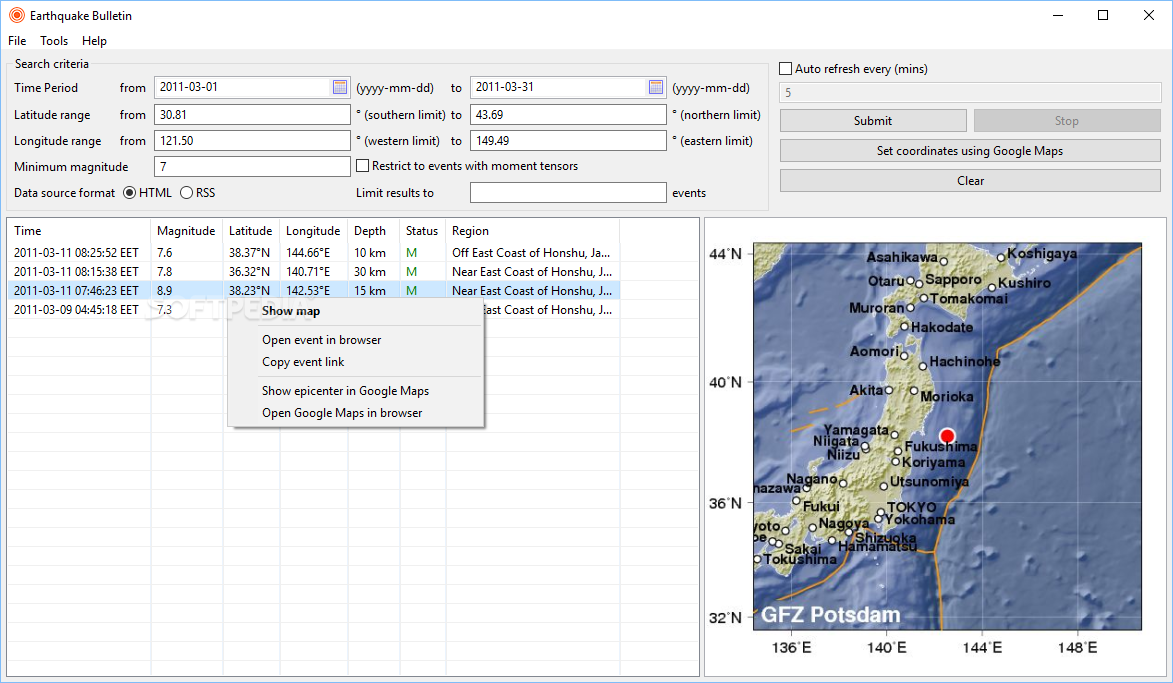

Throughout history, peoples living in seismically active regions have formulated explanations for earthquakes, attributing their occurrence to the actions to disgruntled deities, mythical creatures or, later on, the Aristotelian view that earthquakes are caused by winds trapped and heated within a cavernous Earth (which is echoed in Shakespeare’s Henry IV, Part 1). The study of earthquakes serves many noble purposes, starting with humankind’s need to understand the planet on which we live and the causes of these calamitous events that challenge the very idea of residing on terra firma. While such practices may provide an impartial starting point for decision making regarding risk mitigation measures, the most promising avenue to achieve broad societal acceptance of the risks associated with induced earthquakes is through effective regulation, which needs to be transparent, independent, and informed by risk considerations based on both sound seismological science and reliable earthquake engineering. A more rational evaluation of seismic hazard and risk due to induced earthquakes may be facilitated by adopting, with appropriate adaptations, the advances in risk quantification and risk mitigation developed for natural seismicity. The challenge of achieving impartial acceptance of seismic hazard and risk estimates becomes even more acute in the case of earthquakes attributed to human activities. Despite these advances in the practice of seismic hazard analysis, it is not uncommon for the acceptance of seismic hazard estimates to be hindered by invalid comparisons, resistance to new information that challenges prevailing views, and attachment to previous estimates of the hazard.

The next major evolutionary step was the identification of epistemic uncertainties related to incomplete knowledge, and the formulation of frameworks for both their quantification and their incorporation into hazard assessments. Over the last several decades, the practice of seismic hazard analysis has evolved enormously, firstly with the introduction of a rational framework for handling the apparent randomness in earthquake processes, which also enabled risk assessments to consider both the severity and likelihood of earthquake effects. Directly or indirectly, this generally requires quantification of the risk, for which quantification of the seismic hazard is required as a basic input. The fundamental objective of earthquake engineering is to protect lives and livelihoods through the reduction of seismic risk.


 0 kommentar(er)
0 kommentar(er)
